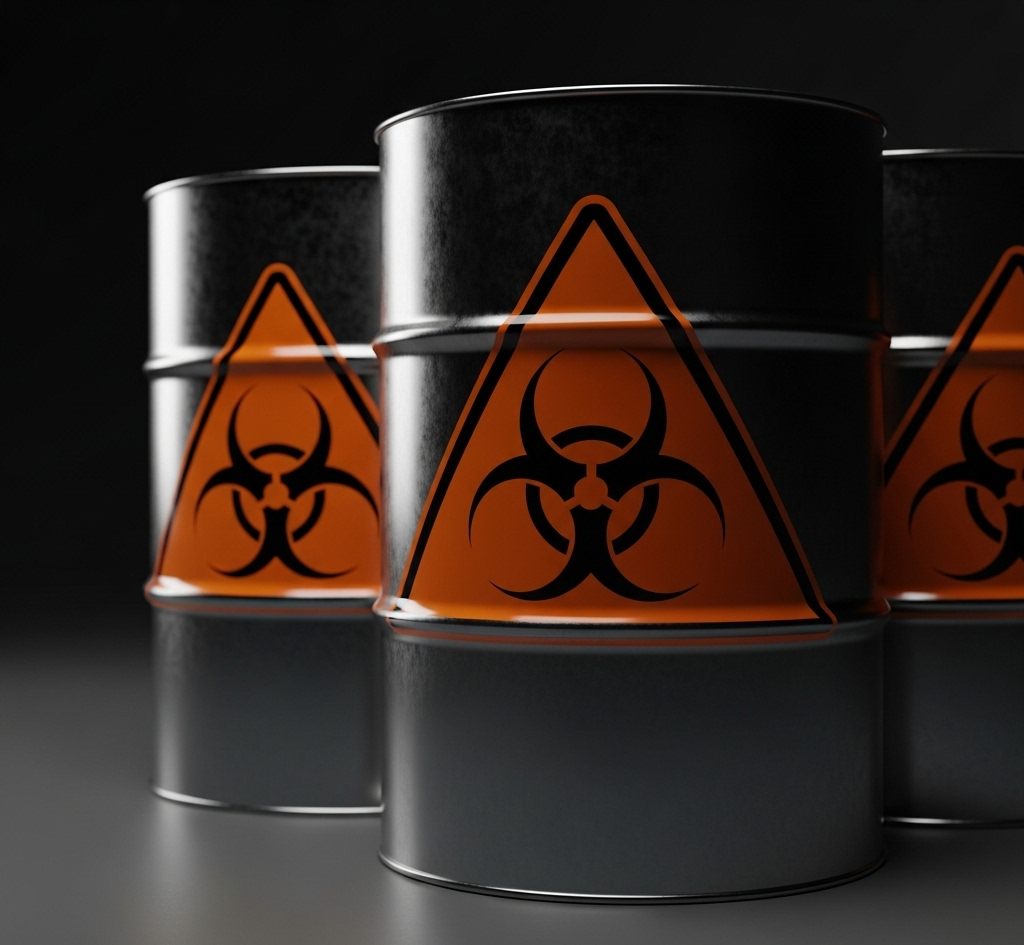
Handling flammable and corrosive materials presents unique challenges in both transportation and procurement. These substances, critical to industries like manufacturing, chemicals, and energy, require stringent safety measures, regulatory compliance, and specialized logistics. This blog post explores the key challenges and offers insights into managing them effectively.
Flammable and corrosive materials, such as gasoline, acids, or solvents, are classified as hazardous materials (HAZMAT) under regulations like the U.S. Department of Transportation (DOT) Hazardous Materials Regulations, the International Air Transport Association (IATA) Dangerous Goods Regulations, and the International Maritime Dangerous Goods (IMDG) Code. Compliance involves:
Proper Classification: Identifying the material’s hazard class (e.g., Class 3 for flammable liquids, Class 8 for corrosives).
Packaging Requirements: Using UN-approved containers designed to withstand leaks, pressure, or corrosion.
Labeling and Documentation: Ensuring accurate labels, placards, and shipping papers, including Safety Data Sheets (SDS). Non-compliance can lead to fines, shipment delays, or accidents.
Transporting these materials requires vehicles and containers designed for safety:
Flammable Materials: Tankers or drums must be grounded to prevent static sparks, and vehicles need fire suppression systems.
Corrosive Materials: Containers must resist chemical degradation, often requiring materials like stainless steel or lined plastics. This equipment is costly, and maintaining a fleet that meets safety standards adds to operational expenses.
Route Planning: Certain roads, tunnels, or urban areas restrict HAZMAT transport due to safety concerns. For example, flammable materials may be prohibited in densely populated zones.
Mode Limitations: Air transport is heavily restricted for flammable liquids due to fire risks, while corrosive materials may require specialized cargo holds. Maritime transport faces challenges with stowage to prevent reactions with other cargo. These restrictions complicate logistics and increase costs.
Transporting hazardous materials demands rigorous safety protocols:
Driver Training: Operators must be certified in HAZMAT handling, including emergency response procedures.
Spill and Leak Management: Vehicles must carry spill kits, and drivers need training to contain leaks or fires.
Emergency Response Plans: Companies must coordinate with local authorities for rapid response in case of accidents. Failure to prepare can result in environmental damage, injuries, or legal liabilities.
Sourcing flammable and corrosive materials requires suppliers who:
Meet regulatory standards for production and packaging.
Provide consistent quality to avoid contamination or unexpected reactions.
Maintain reliable delivery schedules to prevent production delays. Vetting suppliers is time-consuming, and reliance on limited suppliers can create supply chain vulnerabilities.
Procured materials must be stored safely, which poses challenges:
Specialized Facilities: Flammable materials need explosion-proof storage with ventilation, while corrosives require resistant containers and segregated storage to prevent reactions.
Inventory Management: Strict tracking is needed to comply with regulations like OSHA’s Hazard Communication Standard and to prevent overstocking, which increases risk. These requirements demand significant investment in infrastructure and training.
Flammable and corrosive materials, often tied to commodities like oil or rare chemicals, face price fluctuations due to:
Market demand and supply chain disruptions.
Regulatory changes increasing production or transport costs.
Geopolitical factors affecting raw material availability. This volatility complicates budgeting and long-term planning.
Procurement must align with environmental and safety regulations:
Permits and Approvals: Facilities handling these materials need permits, which can delay procurement.
Sustainability Pressures: Increasing demand for eco-friendly alternatives puts pressure on sourcing less hazardous substitutes, which may not always be available or cost-effective. Non-compliance risks fines or reputational damage.
Invest in Training and Technology:
Train staff on HAZMAT regulations and safety protocols.
Use tracking systems for real-time shipment monitoring and compliance.
Build Robust Supply Chains:
Diversify suppliers to mitigate risks of shortages.
Partner with logistics providers specializing in HAZMAT transport.
Leverage Data and Planning:
Use predictive analytics to anticipate cost fluctuations or supply disruptions.
Optimize transport routes to comply with restrictions while minimizing costs.
Prioritize Safety and Compliance:
Conduct regular audits of storage and transport processes.
Maintain up-to-date SDS and emergency response plans.
Transporting and procuring flammable and corrosive materials is fraught with challenges, from regulatory compliance to safety risks and cost volatility. By investing in specialized equipment, training, and strategic planning, businesses can navigate these complexities effectively. Staying proactive and compliant ensures safety, operational efficiency, and a resilient supply chain.
© 2025 Lasso Supply Chain Software LLC
Get instant access to our report on the Top Procurement Trends of 2025.
Get instant access to our report on the Top Procurement Trends of 2025 by filling out the form below.
